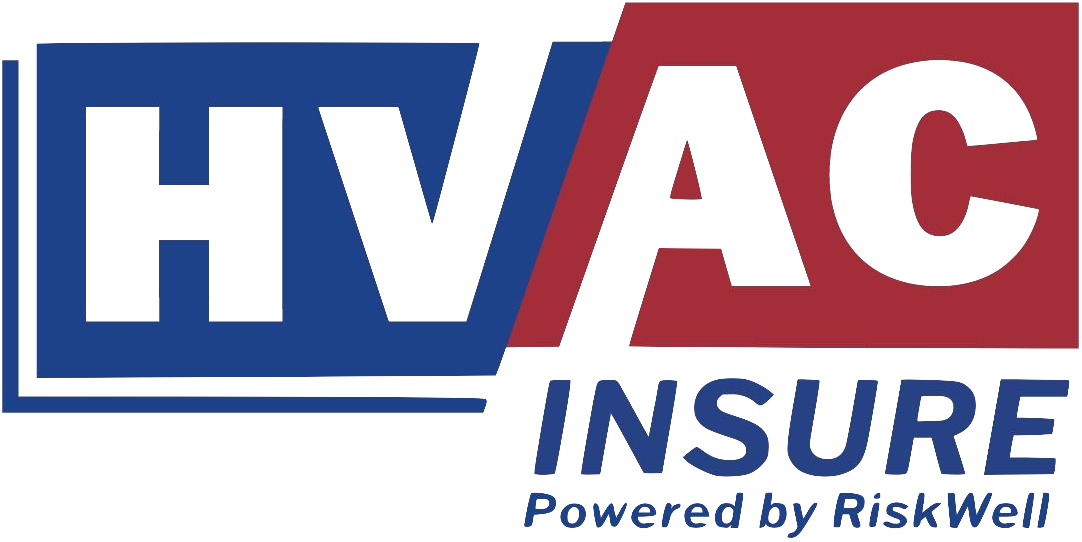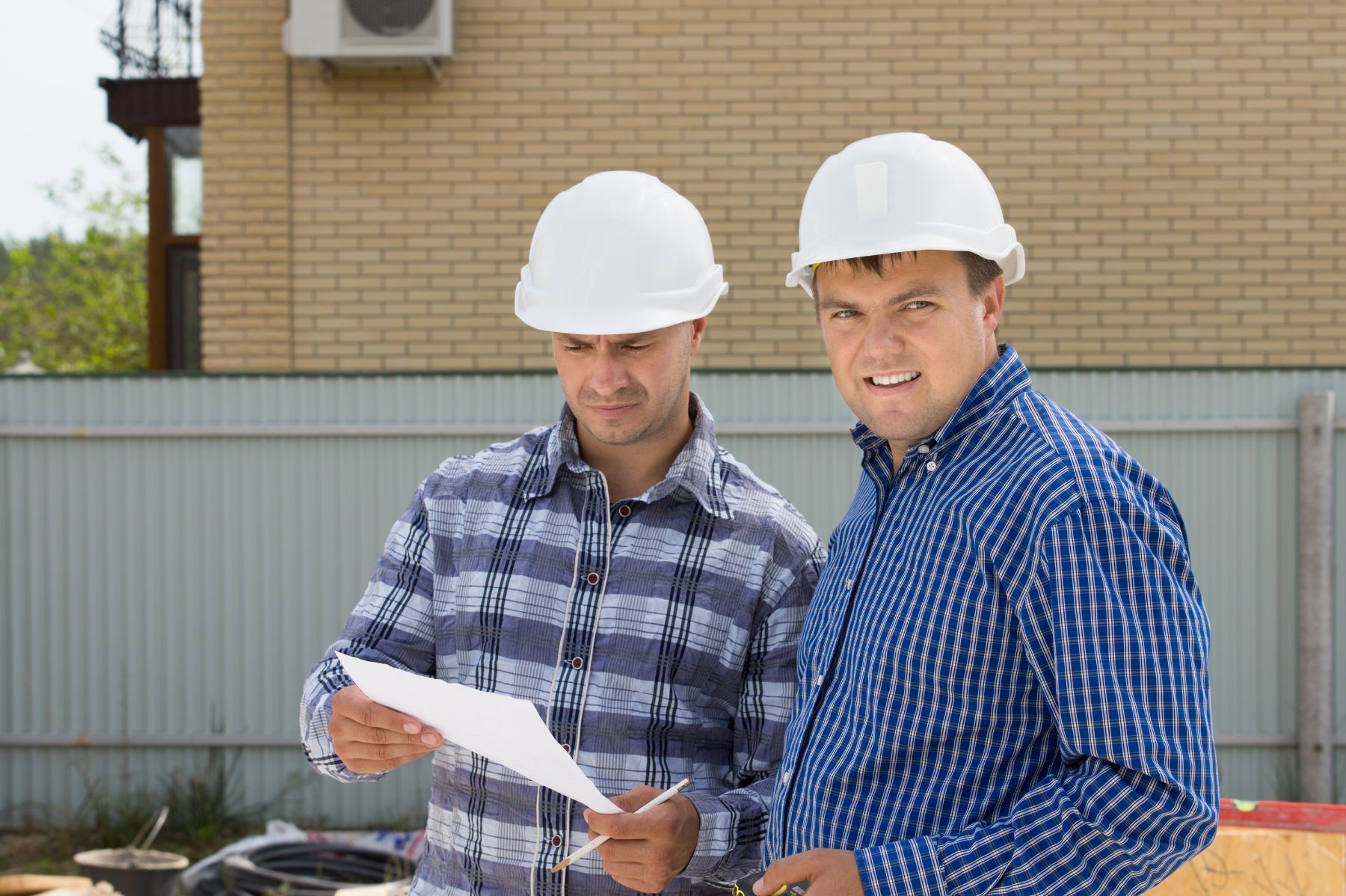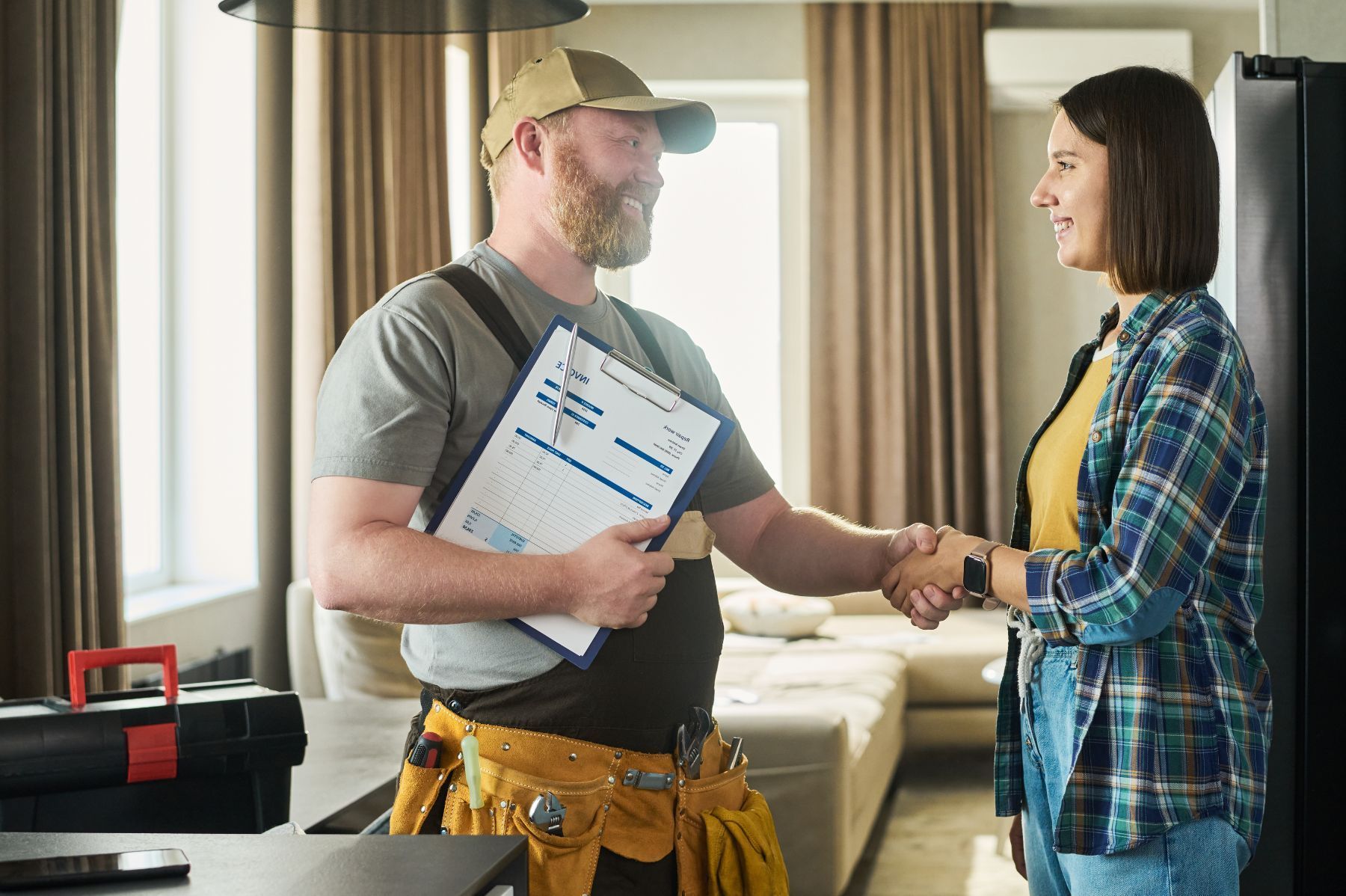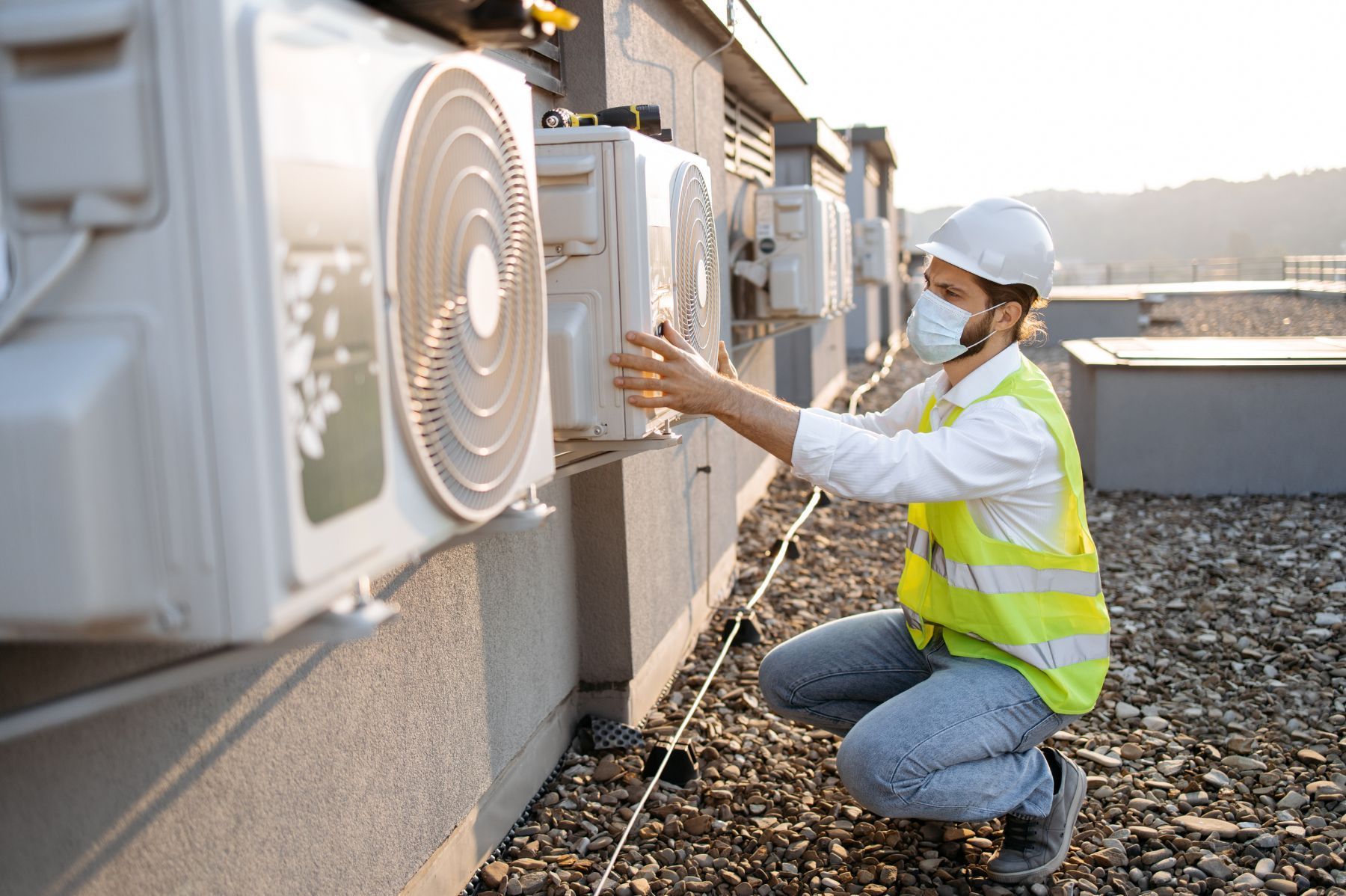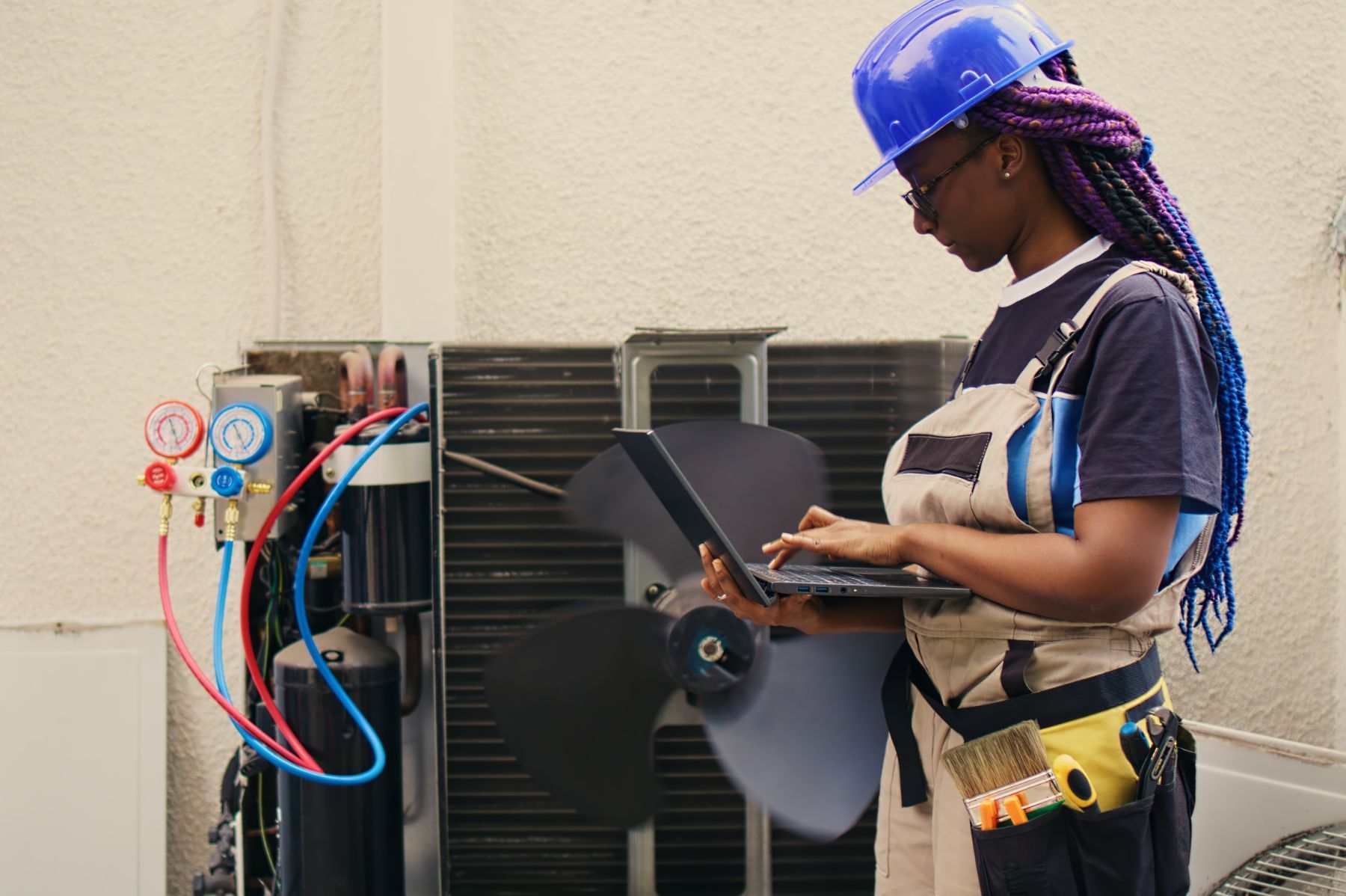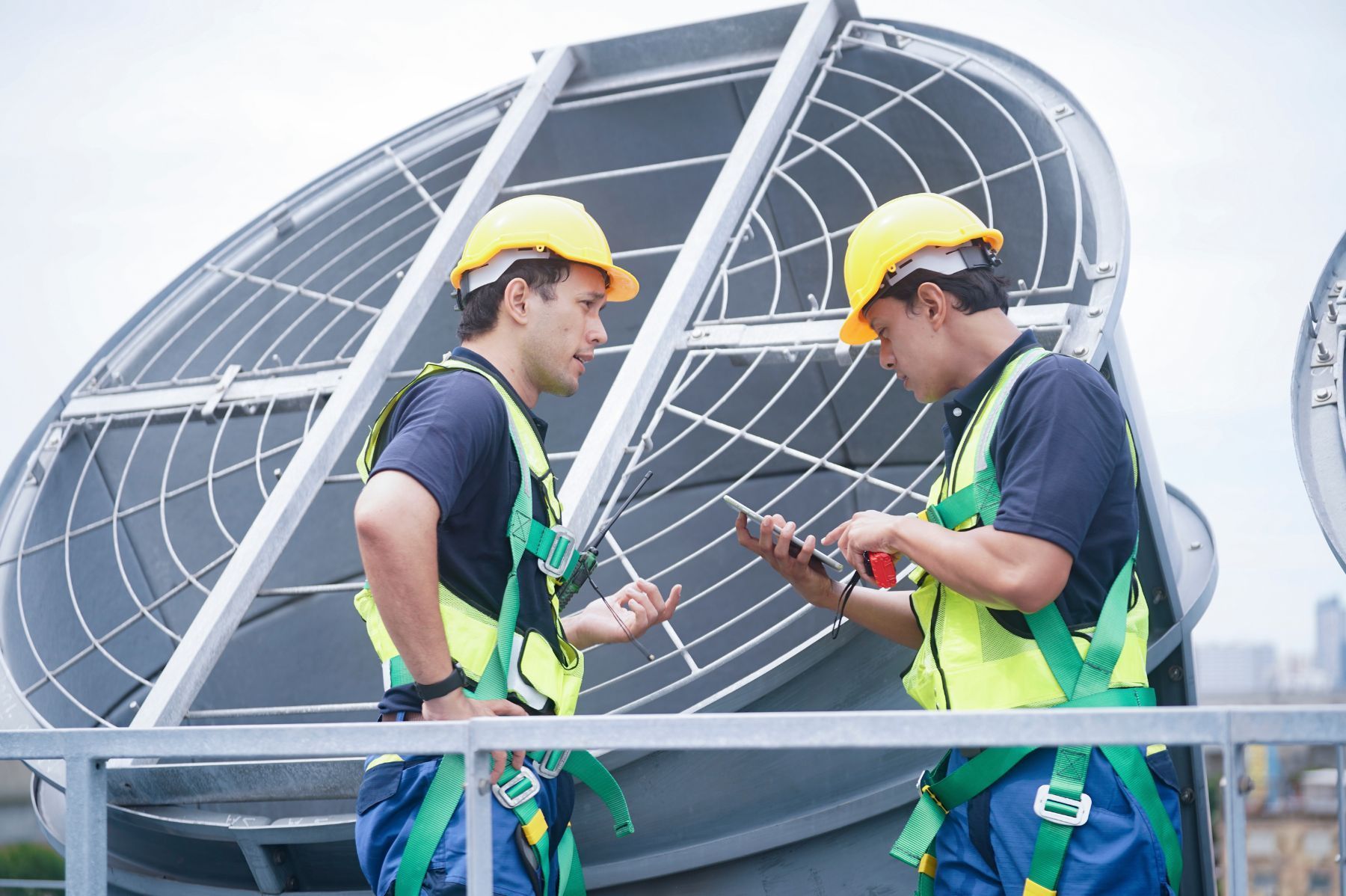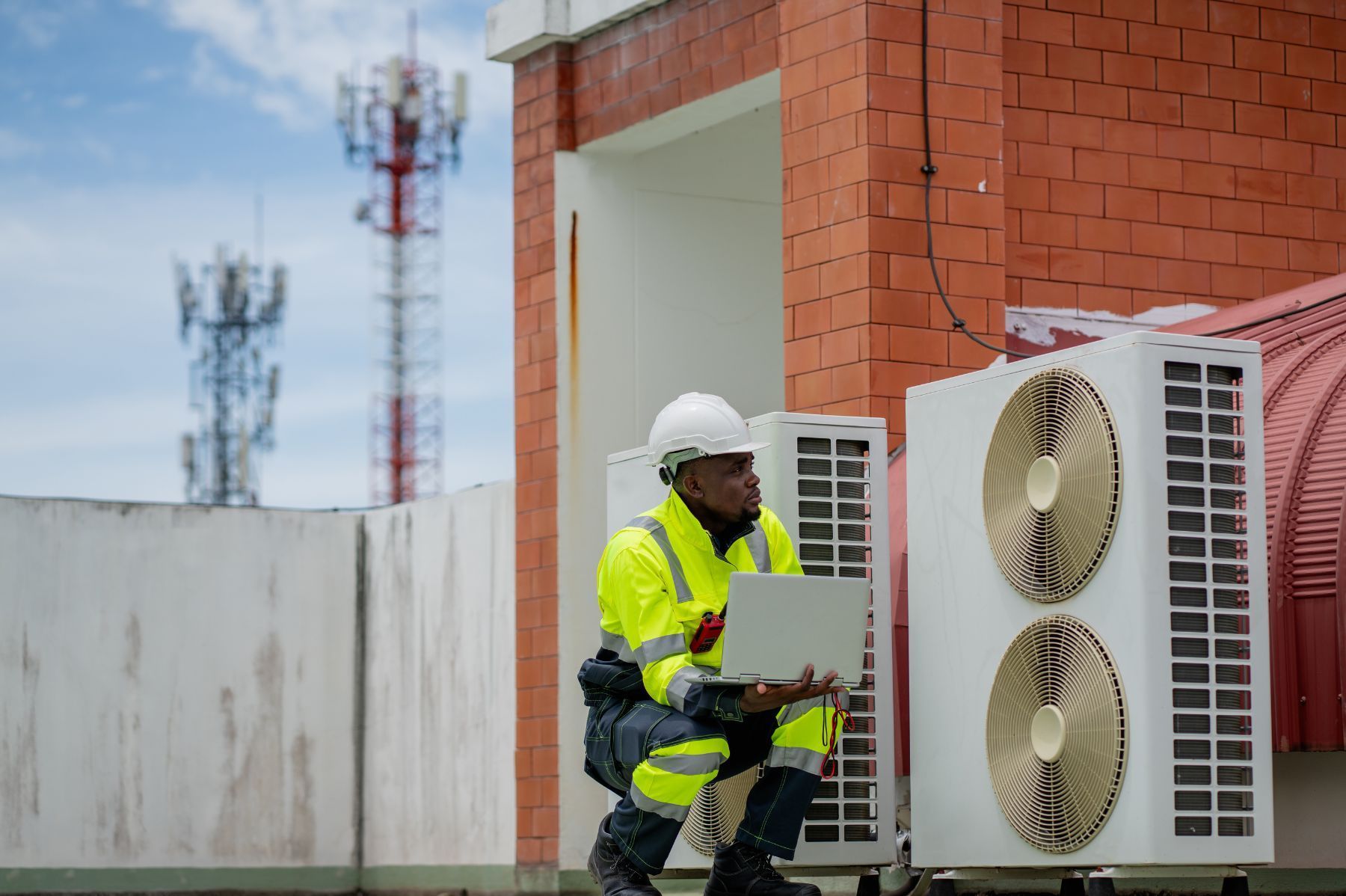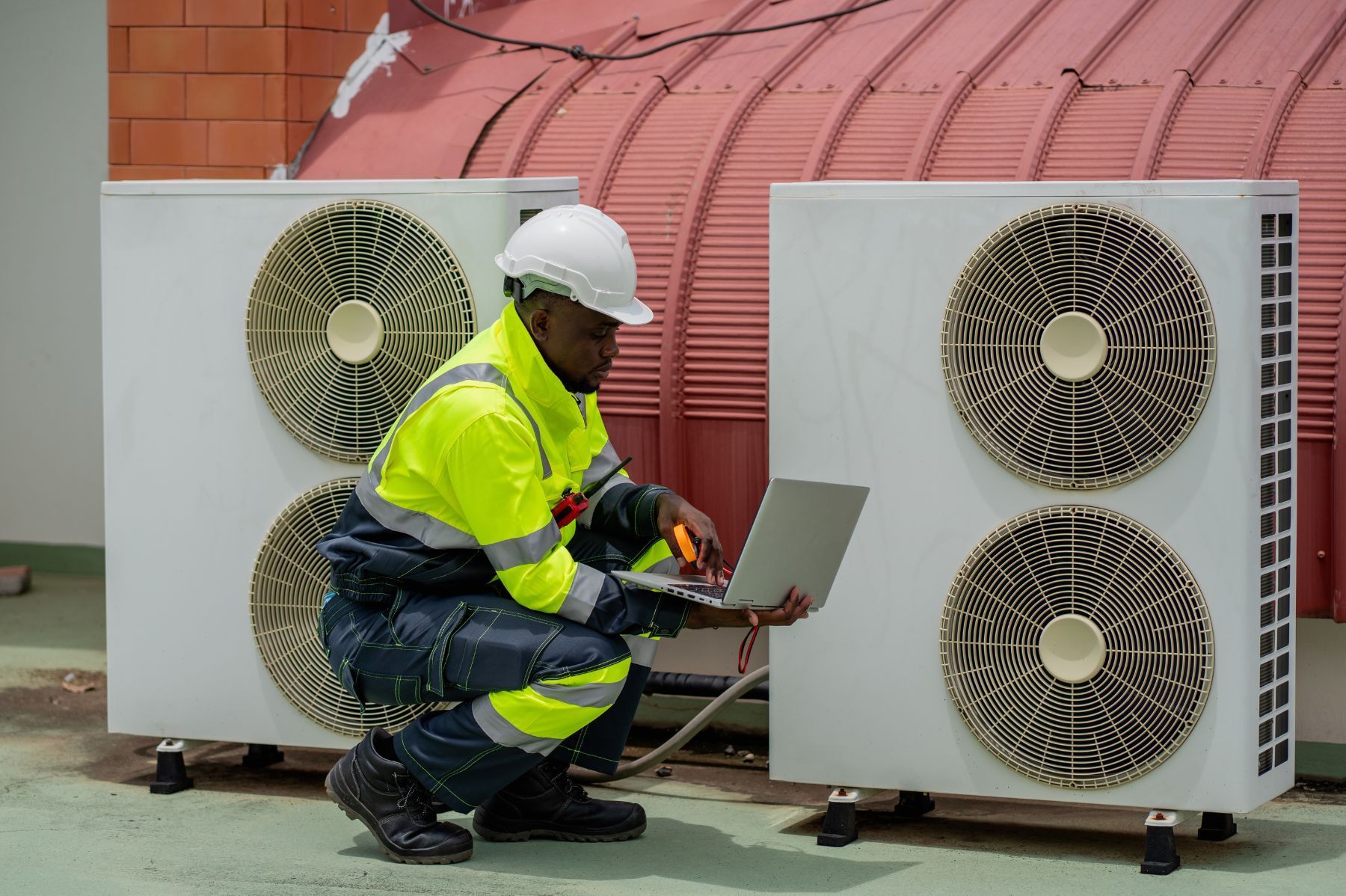Navigating Pollution Liability as an HVAC Contractor
See How We're Different
or call us: (469) 678-8001

When a pollution incident occurs on a job site, HVAC contractors often find themselves in the legal crosshairs. These professionals handle complex systems that can inadvertently cause environmental damage, leading to costly claims. In 2025, the HVAC industry faced over 25,000 claims related to such incidents, with average costs ranging between $25,000 and $50,000 each. This adds up to more than $1 billion in losses annually, underscoring the financial risks contractors face without proper protection. Understanding pollution liability is no longer optional-it is essential for anyone operating in this space. Industry data highlights just how critical it is to manage these risks effectively from the start.
Why HVAC Contractors Are Vulnerable to Pollution Claims
HVAC contractors maintain and install systems that involve refrigerants, oils, and other substances that can pollute air, water, or soil if mishandled. Unlike other trades, HVAC work often involves ongoing maintenance, which means contractors are repeatedly exposed to pollution risks. Josh Pillsbury, co-founder of Summit Commercial Insurance, points out that contractors are “the easiest target to get sued following a pollution incident” because they are on-site regularly and responsible for upkeep.
This ongoing exposure means even small mistakes can escalate into significant environmental claims. For example, a refrigerant leak unnoticed during a routine service can result in contamination that triggers expensive cleanup and legal fees. Without pollution liability insurance, contractors might have to cover these costs out of pocket, threatening their business’s survival. Moreover, the repercussions of such incidents can extend beyond immediate financial loss; they can tarnish a contractor's reputation, leading to a loss of client trust and future business opportunities.
Adding to the challenge, many HVAC businesses underestimate their pollution risks. Gina Jones, Vice President and Director of Environmental Programs at Burns & Wilcox, notes that over a billion dollars in uninsured environmental claims prove many clients either believe coverage is unnecessary or too costly. This misconception leaves contractors exposed to potentially devastating financial consequences. Furthermore, as environmental regulations become increasingly stringent, the likelihood of facing legal action due to pollution incidents is on the rise, making it imperative for contractors to reassess their risk management strategies.
Pollution Liability Insurance: What It Covers
Pollution liability insurance typically covers bodily injury, property damage, and cleanup costs resulting from pollution incidents caused by the contractor’s operations. This includes accidental releases of pollutants during installation, maintenance, or repair work. The coverage can also extend to legal defense costs if the contractor faces lawsuits related to pollution. In addition, some policies may offer coverage for third-party claims, which can arise if a neighboring property is affected by a contractor's work, further amplifying the need for comprehensive protection.
Many contractors assume general liability insurance covers these risks, but pollution claims often fall outside standard policies. Specialized pollution liability insurance fills this gap, providing tailored protection against environmental exposures specific to HVAC work. Given the average claim size and frequency, this coverage is a smart investment. Additionally, contractors should consider the long-term benefits of having this insurance, such as enhanced credibility with clients and the ability to bid on larger projects that require proof of environmental responsibility. As the industry evolves, being proactive about pollution liability can not only safeguard a contractor's financial health but also contribute to sustainable practices within the HVAC sector.
Market Trends Affecting Pollution Liability Insurance Costs
The insurance market for HVAC contractors has seen some shifts recently. In 2025, the excess liability insurance market experienced a 5.2% drop in premiums, thanks to increased competition from new market entrants. This shift offers contractors more affordable options for pollution liability coverage, making it easier to secure comprehensive protection without breaking the bank. With the influx of new players in the market, contractors can now access a range of tailored policies that cater specifically to their unique operational risks, allowing for a more customized approach to risk management.
At the same time, the HVAC balancing contractor insurance market is growing steadily. A 2024 report valued the global market at USD 1.41 billion, with a projected compound annual growth rate of 5.7% through 2033. This growth reflects rising awareness of the risks HVAC contractors face and the increasing demand for specialized insurance products. As regulatory frameworks tighten around environmental standards, contractors are finding that having adequate pollution liability insurance is not just a safety net, but a necessary investment in their business's future. The ability to demonstrate robust insurance coverage can also enhance a contractor's reputation, making them more appealing to environmentally-conscious clients.
Despite these positive trends, the high failure rate among HVAC contractors remains a concern. According to the Service Roundtable, 20% of contractors eventually fail, and 70% of new HVAC businesses do not survive their first year. Many failures stem from inadequate risk management, including insufficient insurance coverage. Securing pollution liability insurance can be a critical factor in maintaining business continuity. Moreover, the lack of proper coverage can lead to devastating financial repercussions in the event of a claim, further underscoring the importance of understanding and addressing the specific risks associated with HVAC operations.
How Financial Development Influences Environmental Liability
A 2025 study revealed that environmental liability insurance directly contributes to reducing industrial carbon emissions. This effect varies depending on the financial development level of the region. In more financially advanced areas, insurance encourages better environmental practices by incentivizing risk mitigation. For HVAC contractors, this means pollution liability coverage not only protects their business but also supports broader sustainability goals. Regions with robust financial systems often see a higher adoption rate of innovative technologies that reduce emissions, which in turn creates a more competitive landscape for contractors who are willing to invest in greener solutions.
As the industry moves towards net-zero carbon targets, HVAC systems will play a pivotal role. A 2021 study emphasized the need for electrification through heat pump technology to meet 2050 goals. Contractors involved in these interventions must be prepared for new environmental liabilities that come with evolving technologies and regulations. The transition to more sustainable HVAC solutions not only requires a shift in equipment but also a comprehensive understanding of the associated risks. This evolving landscape necessitates that contractors stay informed about the latest insurance products that address these new liabilities, ensuring they are adequately protected as they adapt to the demands of a greener economy. Furthermore, the integration of smart technologies into HVAC systems may lead to additional complexities in liability, making it imperative for contractors to engage with insurance providers who understand these advancements and can offer relevant coverage options.
Practical Steps for Managing Pollution Liability Risks
Understanding the risks is only the first step. HVAC contractors need a proactive approach to pollution liability that includes both insurance and operational best practices.
1. Conduct Thorough Risk Assessments
Regularly evaluate job sites and projects to identify potential pollution hazards. This includes inspecting equipment for leaks, ensuring proper handling of refrigerants, and verifying compliance with environmental regulations. Early detection of risks can prevent incidents before they occur. Additionally, contractors should consider utilizing advanced technology such as drones or thermal imaging cameras to conduct more comprehensive site assessments. These tools can help identify hidden leaks or inefficiencies that may not be visible to the naked eye, thus enhancing the overall effectiveness of the risk assessment process.
2. Invest in Pollution Liability Insurance
Given the high costs of pollution claims, insurance is essential. Contractors should work with brokers experienced in HVAC risks to find policies that cover their specific exposures. Look for coverage that includes cleanup costs, legal defense, and third-party claims. It’s also advisable to review policy limits and exclusions carefully, as some policies may have specific conditions that could leave contractors vulnerable. Engaging in regular discussions with the insurance provider can help ensure that the coverage remains adequate as the business grows or as regulations change.
3. Train Staff on Environmental Best Practices
Educate technicians and employees about pollution risks and safe handling procedures. Training reduces human error, which is a common cause of environmental incidents. Well-informed teams are better equipped to prevent pollution and respond effectively if incidents happen. Moreover, incorporating hands-on training sessions and simulations can enhance learning outcomes. Regular refresher courses can also keep staff updated on new regulations and technologies, fostering a culture of environmental responsibility within the organization.
4. Maintain Detailed Documentation
Keep records of maintenance activities, inspections, and any environmental incidents. Documentation can be crucial if a claim arises, helping to demonstrate due diligence and potentially reducing liability. In addition to traditional record-keeping, consider implementing digital management systems that allow for real-time updates and easy retrieval of information. These systems can streamline the documentation process, making it simpler to track compliance with regulations and internal policies, while also providing a comprehensive history of actions taken to mitigate pollution risks.
Comparing Pollution Liability Coverage Options
| Coverage Aspect | Basic Pollution Liability | Extended Pollution Liability |
|---|---|---|
| Accidental Pollution Release | Covered | Covered |
| Cleanup | Up to policy limits | Higher limits available |
| Legal Defense Costs | Included | Included |
| Third-Party Claims | Covered | Covered |
| Gradual Pollution Coverage | Not typically included | Available as add-on |
| Coverage for Pre-existing Conditions | No | Possible with endorsements |
This table outlines key differences between basic and extended pollution liability policies. Contractors should assess their risk profile and project needs to select appropriate coverage. For example, businesses working on older HVAC systems might benefit from extended coverage that includes gradual pollution or pre-existing conditions.
Understanding the nuances of pollution liability coverage is crucial for contractors, especially in industries where environmental regulations are stringent. Basic pollution liability may suffice for smaller projects or those with minimal environmental impact, but as projects scale or involve hazardous materials, the need for extended coverage becomes apparent. Extended policies not only provide higher limits for cleanup costs but also offer peace of mind in the face of potential legal challenges stemming from pollution claims.
Moreover, the implications of pollution liability extend beyond immediate financial concerns. Companies with robust pollution liability coverage can enhance their reputation and credibility in the marketplace. Clients are increasingly prioritizing sustainability and environmental responsibility, and demonstrating a commitment to managing pollution risks can be a significant differentiator. As such, investing in comprehensive pollution liability coverage is not just a safeguard against financial loss; it is also a strategic move that can bolster a company's standing in an environmentally conscious business landscape.
What HVAC Contractors Should Know About Claims and Risk Mitigation
Pollution claims are often complex and costly. The average claim size between $25,000 and $50,000 can quickly escalate if cleanup involves hazardous materials or legal battles. Understanding common claim triggers helps contractors avoid pitfalls.
One common scenario involves refrigerant leaks during maintenance. These leaks can contaminate air or water, triggering environmental regulations and cleanup obligations. Another risk is improper disposal of HVAC components containing hazardous substances, which can lead to fines and liability claims.
Contractors should also be aware that pollution liability claims can arise years after the work is done. This long-tail exposure means ongoing coverage is important. Policies with claims-made triggers require contractors to maintain insurance continuously or purchase tail coverage when switching insurers.
Working with insurance professionals who understand HVAC-specific risks can make a significant difference. They can help tailor policies, advise on risk management, and assist during claims to minimize business disruption.
Balancing Cost and Coverage
While some contractors hesitate to purchase pollution liability insurance due to cost concerns, the financial consequences of going uninsured are far greater. The 2025 market trend showing a 5.2% drop in premiums means better affordability. Investing in comprehensive coverage protects contractors from the unexpected and supports long-term business stability.
Looking Ahead: The Role of HVAC Contractors in Environmental Sustainability
HVAC contractors are at the forefront of the transition to greener building technologies. The push for net-zero carbon emissions by 2050 requires widespread adoption of heat pump technology and electrification of HVAC systems. This evolution introduces new environmental liabilities but also opportunities for contractors to lead in sustainable practices.
By embracing pollution liability insurance and adopting rigorous environmental standards, HVAC contractors can reduce their risk and contribute to a cleaner future. This proactive stance not only protects their business but also aligns with growing client expectations and regulatory demands.
For contractors ready to navigate these challenges, resources like
expert insights from Summit Commercial Insurance provide valuable guidance on mitigating pollution liability risks effectively.
Frequently Asked Questions
Q: What exactly does pollution liability insurance cover for HVAC contractors?
A: It covers bodily injury, property damage, cleanup costs, and legal defense related to pollution incidents caused by HVAC work, such as refrigerant leaks or improper disposal.
Q: Can general liability insurance protect me from pollution claims?
A: Usually not. Pollution claims are often excluded from standard general liability policies, so specialized pollution liability insurance is necessary.
Q: How much does pollution liability insurance typically cost?
Costs vary based on coverage limits, business size, and risk factors. In 2025, premiums have become more affordable due to increased market competition.
Q: Why do so many HVAC contractors fail in their first year?
Many new businesses underestimate risks like pollution liability and lack adequate insurance, which can lead to costly claims and financial strain.
Q: How can I reduce my pollution liability risks on the job?
Conduct regular risk assessments, train your staff on environmental best practices, maintain detailed records, and invest in appropriate insurance coverage.
Q: Does pollution liability insurance help with meeting environmental regulations?
Yes. It provides financial protection if you need to respond to regulatory cleanup orders or lawsuits related to pollution incidents.
Q: Are there insurance options for long-term pollution risks?
Extended pollution liability policies or endorsements can cover gradual pollution and pre-existing conditions, offering broader protection over time.
